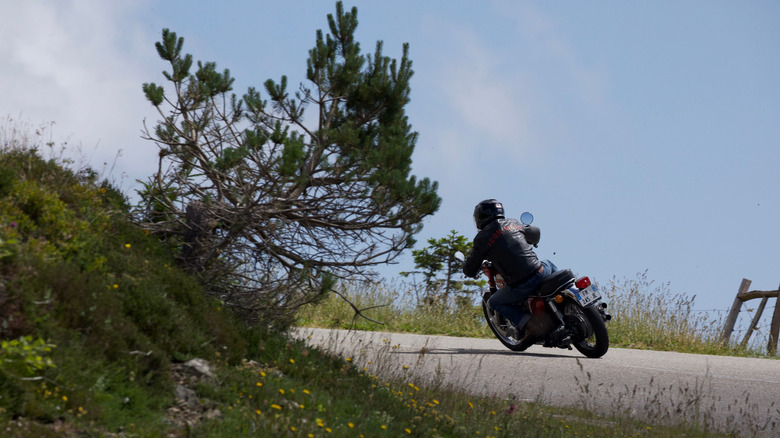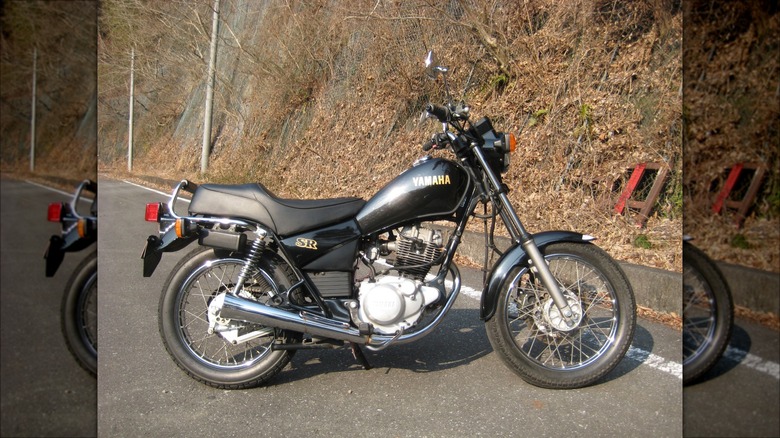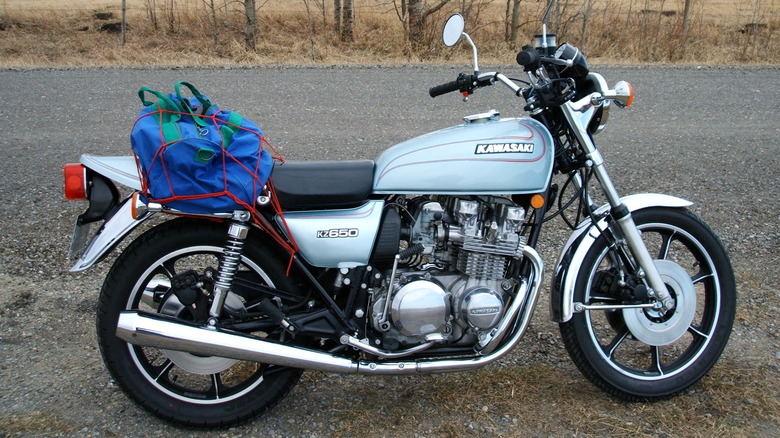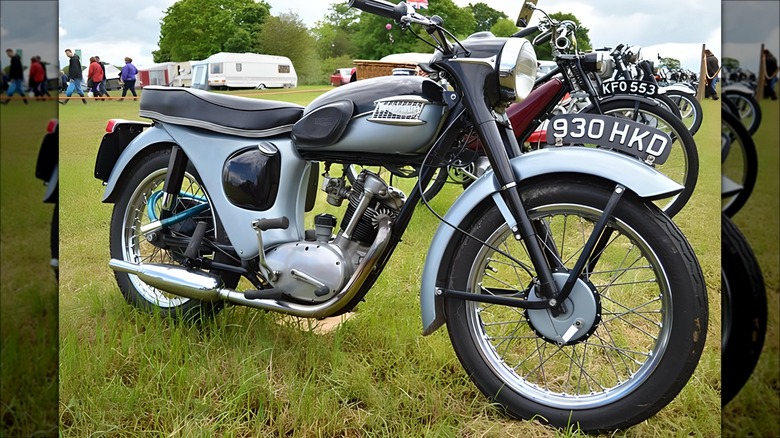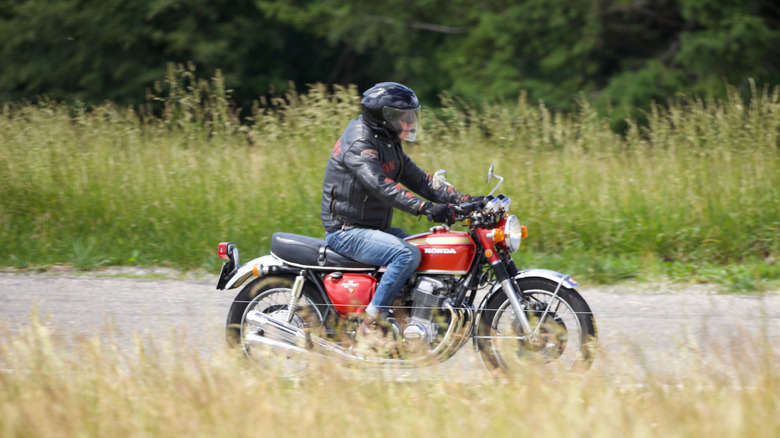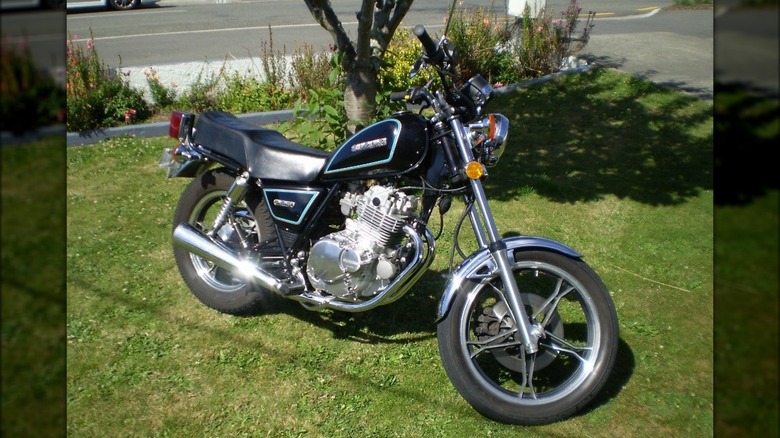5 Classic Motorcycles That Make Great Resto-Projects
Classic motorcycles are old, sometimes rare, and some of them even have a special story to tell. People love 20-year-old bikes because working on them can feel very simple and rewarding. A famous saying among restorers goes something like, "It's not just about making it run again; it's about keeping its story going."
One big reason people like to work on old classic bikes is because it feels good to see them shine again, and can be a fun challenge. Unlike modern motorcycles, which can tend to lean heavily on more electronics, classic bikes offer simpler mechanics that are more friendly to the average enthusiast.
That said, fixing an old bike can still be tough. Finding the right parts can be hard, and might require help from friends or special shops. The bike's condition is also important — rust, missing pieces, or bad repairs from before — can make the job harder. So, it's smart to check the bike carefully before you start.
You will need to think about how hard it will be to find parts, and how much work is needed to reach your goal. None of the bikes suggested here will be among the 12 vintage motorcycles every collector would love to have (except maybe one), but these are some of the best classic motorcycles you should consider getting for a great restoration project.
Yamaha SR125
This is the bike you need to look for if you are just starting your bike restoration journey. The Yamaha SR125 first showed up in the 1980s, was made until the early 2000s, and remains a perfect classic bike for beginners and bike restoration experts.
This bike has a small engine — just 125cc — but it's strong enough to do the job, giving out 12 horsepower. Its air-cooled system and OHV 2-valve configuration are on top of a design that's as reliable as it is straightforward, making it a great project for newbie restorers. The bike isn't too heavy or tall, making it good for almost anyone to ride. It also doesn't drink much fuel, so it's good for riding around town or just for fun.
Even though the SR125 isn't the fastest bike out there, it's still fun to ride. It has a good suspension that makes it comfortable and easy to handle. It's also got some cool features like an electric starter, which wasn't very common when it first came out.
Market availability and value in the U.S. improve the SR125's appeal as a restoration project. While not as ubiquitous as some other bikes on the list, the SR125 can still be found with a bit of searching, often at a price point that makes it an attractive option for hobbyists looking to enter the world of motorcycle restoration without breaking the bank.
[Featured image by Kuro8124 via Wikimedia Commons | Cropped and scaled | CC BY-SA 3.0]
Kawasaki KZ650
Launched in 1976, the Kawasaki KZ650 quickly became popular because of its cool design and great performance, which is also why it's a much loved classic motorcycle for resto-projects even today.
As always, one of the first things restorers are interested in is the engine and its layout. The four-cylinder, double overhead camshaft engine offers good power — 66 horsepower at 8,500 rpm and a torque of 57 Nm at 7,000 rpm when new. This setup still makes the KZ650 a thrilling ride, capable of reaching top speeds of around 115.5 mph.
The bike's mechanical layout, including its air-cooled system and chain drive, is good news to enthusiasts who appreciate a hands-on experience when it comes to restoration. The KZ650's design, including its frame and how it handles on the road, is another reason it's loved. Finding parts is also relatively easy, whether you're looking for original or aftermarket parts.
One of the best things about the KZ650 is that it's not too hard to find in the U.S., and doesn't cost a fortune to buy. It's also a mix of being just right for both experienced restorers and beginners — a bit of a challenge without being too overwhelming.
[Featured image by Daveymat via Wikimedia Commons | Cropped and scaled | CC BY-SA 3.0]
Triumph Tiger Cub
The Triumph Tiger Cub is a classic motorcycle through and through. Made between 1956 and 1968, it's a special bike for resto-projects because it's easy to work on, looks good, and has a cool history. The bike has a tiny 199cc, four-stroke, single-cylinder, OHV engine that can go up to 60 mph and doesn't weigh much — it's a fun ride if you're not expecting breakneck speeds. The bike's tech specs might be interesting to restorers since it included a 4-speed transmission, chain final drive, and air-cooling system.
This bike started as a small version of another bike — the Triumph Terrier — but got better over time. In 1957, it got an updated and improved better frame that improved how it rode, which made people like it even more. If you're considering fixing a Tiger Cub, there's good news. These bikes are still around in the U.S. and finding parts isn't hard.
Those who have fixed up a Tiger Cub say it's a project worth doing, but if it's the motivation you need, check out some of the more intense TTC restorations by YouTuber "Live with Creativity." You will also notice that the Tiger Cub has some unique features, like a gear indicator, and it looks like a smaller version of bigger Triumph bikes — which is why some call it "Baby Bonnie."
That said, be ready for some challenges. The engine needs care when starting cold, and the frame can be tricky to work with if you change the gas tank.
[Featured image by SG2012 via Wikimedia Commons | Cropped and scaled | CC BY 2.0]
Honda CB750
The Honda CB750 is often called the original "superbike," and that's reason enough for it to be a prime candidate for restoration by enthusiasts. Made first in 1969, it changed how people saw motorcycles with its great power and reliability. That said, the CB750 is by no means a rare bike. In fact, over half a million of them were made over a decade, so it should be one of the easier bikes to find in the U.S. for a restoration project.
The CB had a 750cc four-cylinder engine, delivering around 67 horsepower, and could reach speeds that challenged even the most established names of its era. Almost by necessity, the CB750 became the bike that first mass-produced motorcycle to introduce disc brakes.
Restoring a CB750, however, is not an easy task. The bike's technical complexity, from its engine design, to the intricacies of its electrical and fuel systems, means that you need a deep understanding of motorcycle mechanics. Yet, this complexity is what makes this resto-project so rewarding.
Restorers often find that tackling the CB750's quirks, from its unique oil filter bolt issues, to the delicate process of setting valve clearances and ignition timing, is a deeply satisfying hands-on experience. If you're looking to restore this (or any) bike, market value and price should be important things to consider. Even if initial costs for project bikes, particularly early models like the Sandcast, can be high, the potential for value appreciation post-restoration is also significant.
Suzuki GN250
The Suzuki GN250 is a classic cruiser-like bike that first hit the roads in the early '80s. It was sold in the U.S. until 1988, and was available in other countries until 1997. The great news for the novice restorers is that this bike is known for being easy to work on.
The power of the GN250 comes from a modest 249cc air-cooled, single-cylinder engine. Even if this powerplant doesn't put the GN250 among the fastest motorcycles Suzuki ever built, it still delivers 22 horsepower at 8,500 rpm and 19 Nm of torque at 6,500 rpm, and is also well known for durability and fuel efficiency. The bike is also light, weighing only 285 lbs. This makes it easy to handle and maneuver, whether you're a new rider or have been riding for years.
The GN250 is not just affordable to buy at around $2500 for one in good condition, but it's also cheap to fix up and keep running. Its simple design means it doesn't often break down, and when it does, fixing it doesn't cost a fortune.
Finding a GN250 to restore is usually not too hard, either. You can easily make it your own, too, adding personal touches here and there. If you're looking for a straightforward project with ample aftermarket support, then this bike is a great choice — and an even better choice if you like Café racer customizations.
[Featured image by Taken myself via Wikimedia Commons | Cropped and scaled | CC BY-SA 4.0]
